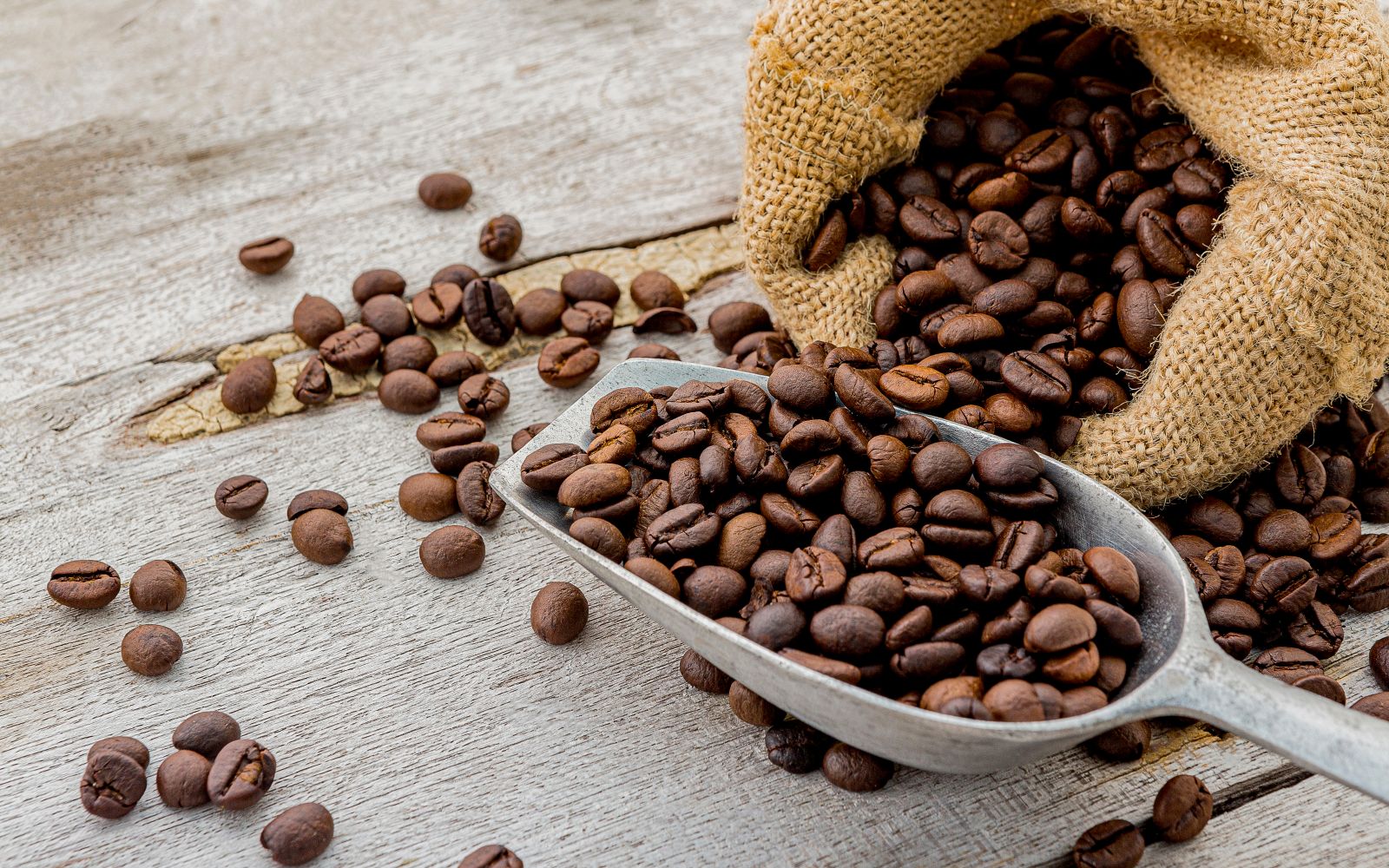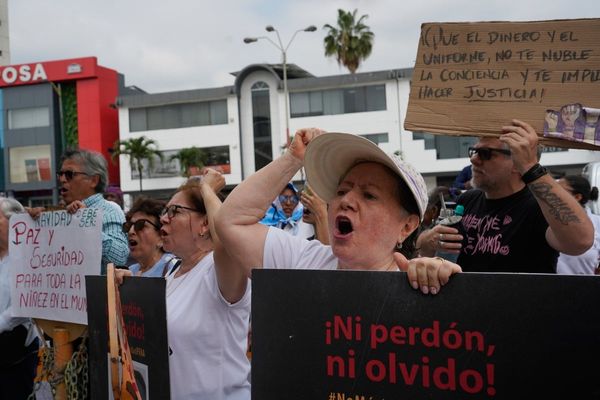
December arabica coffee (KCZ25) on Friday closed up +0.05 (+0.01%), and January ICE robusta coffee (RMF26) closed down -101 (-2.18%).
Coffee prices on Friday settled mixed. Arabica coffee recovered from early losses on Friday and posted modest gains after ICE arabica coffee inventories sank to a 19.5-month low. Heavy rains in Vietnam's coffee-growing regions bolstered the outlook for the country's coffee crops and hammered robusta prices on Friday. Coffee prices were also under pressure Friday from a stronger dollar after the dollar index (DXY00) rallied to a 2.75-month high.
On Tuesday, coffee prices fell to 2-week lows amid forecasts of rain this week in key coffee-growing areas of Brazil, which would partially alleviate the dry conditions from last week. Somar Meteorologia reported Monday that Brazil's largest arabica coffee-growing area, Minas Gerais, received only 0.3 mm of rain during the week ended October 24, or 1% of the historical average.
Arabica coffee prices are also being undercut by speculation that the US may soon lift its 50% tariff on Brazilian coffee. On Monday, Brazil's President Luiz Inacio Lula da Silva said he had a "surprisingly good" meeting with President Trump and said there could be a "definitive solution" on US-Brazil trade within days.
Robusta coffee is under pressure from increased Vietnamese supplies. The Vietnam National Statistics Office reported on October 13 that Vietnam's Jan-Sep 2025 coffee exports rose +10.9% y/y to 1.230 MMT. Also, Vietnam's 2025/26 coffee production is projected to climb +6% y/y to 1.76 MMT, or 29.4 million bags, a 4-year high. In addition, the Vietnam Coffee and Cocoa Association (Vicofa) said last Friday that Vietnam's coffee output in 2025/26 will be 10% higher than the previous crop year if weather conditions remain favorable. Vietnam is the world's largest producer of robusta coffee.
Shrinking ICE coffee inventories are supportive for prices. The 50% tariffs imposed on US imports from Brazil have led to a sharp drawdown in ICE coffee inventories. ICE-monitored arabica inventories fell to a 19.5-month low of 431,728 bags on Friday, and ICE robusta coffee inventories fell to a 3.5-month low of 6,077 lots. American buyers are voiding new contracts for Brazilian coffee purchases due to the 50% tariffs on US imports from Brazil, thereby tightening US supplies, as about a third of America's unroasted coffee comes from Brazil.
Last Thursday, arabica coffee rallied to an 8.5-month nearest-futures high due to concern that excessive dry conditions in Brazil during the critical flowering period for coffee trees will threaten the 2026/27 coffee crop. According to the Bloomberg Brazil Weather Analysis, coffee-producing regions in Brazil have been experiencing an intense drought, with the state of Minas Gerais recording only about 70% of its average rainfall over the past month.
Coffee prices garnered support after the National Oceanic and Atmospheric Administration (NOAA) on September 16 increased the likelihood to 71% of a La Niña weather system in the southern hemisphere from October to December, which could bring excessive dry weather to Brazil and harm the 2026/27 coffee crop. Brazil is the world's largest producer of arabica coffee.
Larger coffee exports are bearish for prices after the International Coffee Organization (ICO) reported on October 6 that global coffee exports for the current marketing year (Oct-Aug) rose +0.2% y/y to 127.92 million bags, indicating adequate exports and supplies.
Coffee prices found support after Conab, Brazil's crop forecasting agency, cut its Brazil 2025 arabica coffee crop estimate on September 4 by -4.9% to 35.2 million bags from a May forecast of 37.0 million bags. Conab also reduced its total Brazil 2025 coffee production estimate by 0.9% to 55.2 million bags, from a May estimate of 55.7 million bags.
The USDA's Foreign Agriculture Service (FAS) projected on June 25 that world coffee production in 2025/26 will increase by +2.5% y/y to a record 178.68 million bags, with a -1.7% decrease in arabica production to 97.022 million bags and a +7.9% increase in robusta production to 81.658 million bags. FAS forecasted that Brazil's 2025/26 coffee production will increase by +0.5% y/y to 65 million bags and that Vietnam's 2025/26 coffee output will rise by 6.9% y/y to a 4-year high of 31 million bags. FAS forecasts that 2025/26 ending stocks will climb by +4.9% to 22.819 million bags from 21.752 million bags in 2024/25.







